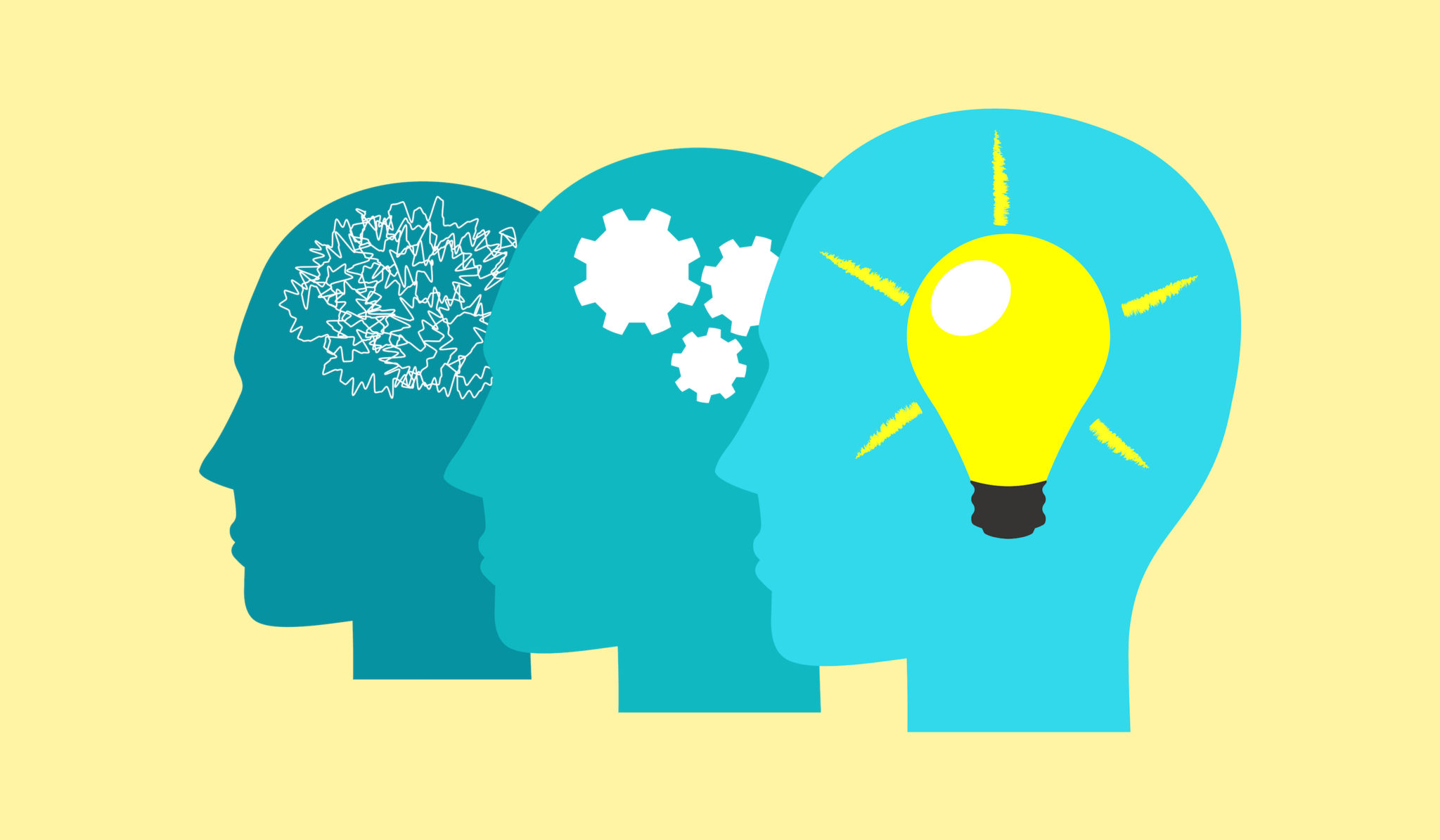Unlock Insights: Addressing Search Results & Understanding Data
Are you truly maximizing your potential, or are you merely skimming the surface of what you're capable of achieving? Unlocking profound "insights" isn't just about accumulating data; it's about transforming that data into actionable wisdom that drives meaningful change and impactful results.
In a world saturated with information, the ability to distill raw data into potent insights is more critical than ever. We live in an era where search engines can return millions of results in seconds, yet the challenge lies not in finding information, but in understanding it. The very phrase "We did not find results for" can be a frustrating roadblock, a stark reminder of the gap between data availability and true understanding. Often, this stems from a lack of clarity in our queries, a failure to properly address the problem we are trying to solve. This is where the power of insight comes into play, allowing us to reframe our questions, refine our approach, and ultimately, uncover the knowledge we seek.
| Category | Details |
|---|---|
| Name | Kelly Slavitt |
| Title | General Counsel, Corporate Secretary, and Head of Corporate Development |
| Organization | Sikka, an AI-driven software/SaaS healthcare technology startup |
| Area of Expertise | Legal, Corporate Governance, Artificial Intelligence in Healthcare |
| Professional Background | Experienced in legal and corporate development roles within the tech industry. |
| Focus | Leveraging AI to improve healthcare outcomes and efficiency. |
| Reference Link | BDO's Center for Corporate Governance |
It is not only about understanding our users do, but also understanding the reason why they do things. Ultimately, it gets down to the real value of insights in user experience research, in understanding the underlying principles that shape the understanding of users.
- Gary Owens Net Worth 2025 The Truth Revealed Updated
- Stray Kids Bang Chan Members All The Facts You Need
The pursuit of insights requires more than just analytical prowess; it demands a holistic understanding of human behavior, a blend of intellectual rigor and emotional intelligence. Assumptions, often born from miscalibrations of 'IQ' and 'EQ,' can cloud our judgment, leading us down unproductive paths. True insight arises when we seamlessly integrate our analytical acumen with our emotional intelligence, allowing us to arrive at conclusions that are not only logical but also deeply empathetic. Consistently achieving this level of understanding is indeed "akin to catching lightning in a bottle," a rare and valuable skill that sets apart the truly insightful from the merely informed.
The journey towards insightful understanding is not always straightforward. In research, for example, "results" are neither inherently 'negative' nor 'positive.' This binary thinking can be detrimental, as it obscures the inherent value that can be found in any outcome. Even seemingly unfavorable results can be incredibly useful, providing crucial information about our data set, methods, or overall methodology. Every piece of data, every observation, holds the potential for insight, provided we are willing to look beyond the surface and ask the right questions.
In the realm of healthcare, patients play a pivotal role in test result communication. Their involvement extends beyond simply receiving information; it encompasses actively accessing previous results, sharing them with relevant healthcare professionals, and asking pertinent questions to ensure a thorough understanding. Unfortunately, the reality often falls short of this ideal, as patients frequently encounter barriers in accessing their own health information. Empowering patients to actively participate in the interpretation and communication of their test results is essential for improving health outcomes and fostering a more collaborative healthcare environment.
- Josh Gates Net Worth 2024 How Rich Is He Really Find Out
- Jon Cor Is The Canadian Actor Married Facts Dating
Understanding assessment results can unlock a wealth of self-awareness, providing insights into our strengths, limitations, and areas for development. This self-knowledge serves as a compass, guiding us towards a clearer path to growth and personal fulfillment. Similarly, gaining insights into our communication style and preferences can significantly enhance our interactions with others, fostering trust and building stronger relationships. By understanding how we communicate and how others perceive us, we can tailor our approach to be more effective and empathetic, leading to more meaningful connections.
While many can observe and describe data points, the true value lies in the ability to interpret and contextualize that data, transforming it into actionable and meaningful insights. This process involves moving beyond mere observation to uncover the underlying patterns, relationships, and implications hidden within the data. It's about answering the "so what?" question, explaining why the data matters and how it can be used to drive informed decision-making. From raw observation to actionable insight, the journey requires critical thinking, creativity, and a deep understanding of the context in which the data exists.
In the context of scientific research, the results section of a paper is paramount. It serves as a platform to showcase research findings without bias, allowing the data to speak for itself. However, presenting data in an engaging and compelling manner can be a significant challenge. It requires creativity, skill, and a deep understanding of the target audience. Visualizing data effectively and weaving it into a compelling narrative are crucial techniques for creating a standout results section that captures the reader's attention and conveys the significance of the research.
Moreover, it is vital to acknowledge and discuss the constraints and potential sources of bias inherent in any study. Addressing these limitations demonstrates a thorough understanding of the research's boundaries and provides valuable guidance for future studies. By openly acknowledging potential biases, researchers enhance the credibility of their work and contribute to a more nuanced understanding of the topic at hand. Scientific progress hinges on the discovery of novel insights, and by critically examining our own limitations, we pave the way for future breakthroughs.
Navigating the peer-review process can be a daunting experience, particularly when faced with critical feedback. However, it is crucial to approach reviewer comments with a neutral perspective, avoiding the temptation to take them as personal attacks. Instead, view the feedback as an opportunity to strengthen the research and clarify any ambiguities. Avoid using defensive language, such as "we completely disagree," and instead, focus on addressing the reviewer's concerns in a constructive and respectful manner. Numerous resources offer useful phrases and strategies for responding to critical comments, empowering researchers to navigate the peer-review process with confidence and professionalism.
The application of artificial intelligence (AI) in healthcare holds immense promise for improving patient outcomes and streamlining healthcare processes. As AI-driven technologies become increasingly prevalent, it is essential to explore their potential impact on various aspects of healthcare, from diagnosis and treatment to patient engagement and administrative efficiency. Examining how AI can be leveraged to enhance healthcare delivery requires a multidisciplinary approach, bringing together experts from various fields, including medicine, computer science, and ethics. This collaborative effort is crucial for ensuring that AI is implemented responsibly and effectively, maximizing its benefits while minimizing potential risks.
Despite the growing recognition of the importance of addressing healthcare worker (HCW) implicit bias, research specifically addressing the impact of implicit bias training and education on patient safety outcomes remains limited. While targeted studies may be scarce, various strategies have been considered to mitigate HCW implicit bias, including raising awareness of unconscious biases and promoting behavioral change. These efforts aim to create a more equitable and inclusive healthcare environment, where all patients receive the same high standard of care, regardless of their background or characteristics. Further research is needed to evaluate the effectiveness of these strategies and to identify best practices for reducing HCW implicit bias and improving patient safety.
Ultimately, an insight is much more than a simple observation; it reveals the underlying principles that shape our understanding of users and their behavior. It's not just about understanding what users do, but also why they do it. This deeper understanding is the real value of insights in user experience (UX) research. As Nikki Anderson aptly put it, "insights don't just describe what's happening, they explain why it's happening." By uncovering the motivations, needs, and pain points of users, we can design products and services that are truly user-centered and meet their needs effectively.
While substance use interventions are undoubtedly important, they warrant a separate and distinct review. The complexities and nuances of substance use disorders require specialized attention and expertise, making it essential to address them in a dedicated study. Focusing on substance use interventions separately allows for a more comprehensive and in-depth analysis of the specific challenges and opportunities in this field.
The adage "What you achieve with your life depends on how you use those 24 hours" underscores the importance of time management and prioritization. In a world filled with endless options and distractions, it is easy to squander our time and energy on activities that do not yield the best return. By consciously choosing activities that align with our goals and values, we can maximize our productivity and create a life that is both fulfilling and impactful.
The National Institute of Mental Health (NIMH) actively engages a wide range of stakeholder organizations to ensure that its research has the greatest possible public health impact. This collaborative approach involves working with researchers, clinicians, patients, advocacy groups, and other stakeholders to translate research findings into practical applications that benefit individuals and communities. By fostering strong partnerships and engaging diverse perspectives, NIMH strives to accelerate the pace of discovery and improve the lives of those affected by mental illness.
The "State of the Global Workplace" report provides valuable data and insights into the evolving dynamics of the modern workforce. This annual study examines employee engagement, well-being, and other key factors that contribute to a thriving workplace. By analyzing trends and identifying best practices, the report offers actionable insights for organizations seeking to create a more productive, engaged, and fulfilling work environment for their employees.
Achieving impact from academic research is a multifaceted and interconnected challenge, encompassing a range of competing priorities and considerations. Translating research findings into real-world applications requires a strategic approach that considers the needs of various stakeholders, including policymakers, practitioners, and the general public. Overcoming the barriers to research impact requires a collaborative effort, bringing together researchers, industry partners, and policymakers to bridge the gap between academia and the real world.
Cultural identity plays a significant role in shaping individuals' experiences and perspectives, and it is essential to explore this aspect with evaluees and patients. Unfortunately, physicians often fail to inquire about race or ethnicity, relying instead on their own presumptions. This practice can perpetuate biases and inequalities in healthcare, leading to disparities in treatment and outcomes. By actively engaging with patients about their cultural background, healthcare providers can foster a more culturally sensitive and patient-centered approach to care.
The term "insights" itself, as it's used here, functions primarily as a noun. It represents the valuable and actionable understandings derived from data and experiences.
- Sutton Strackes Divorce Shocking Rhobh Secrets Revealed
- Antonia Lofasos Toc Win From Hells Kitchen To Champion Details

Understanding Customer Insights and How You Can Use Them Televerde

Express lack of understanding 2BAC Kezakoo

hiểu rõ Tiếng Anh là gì